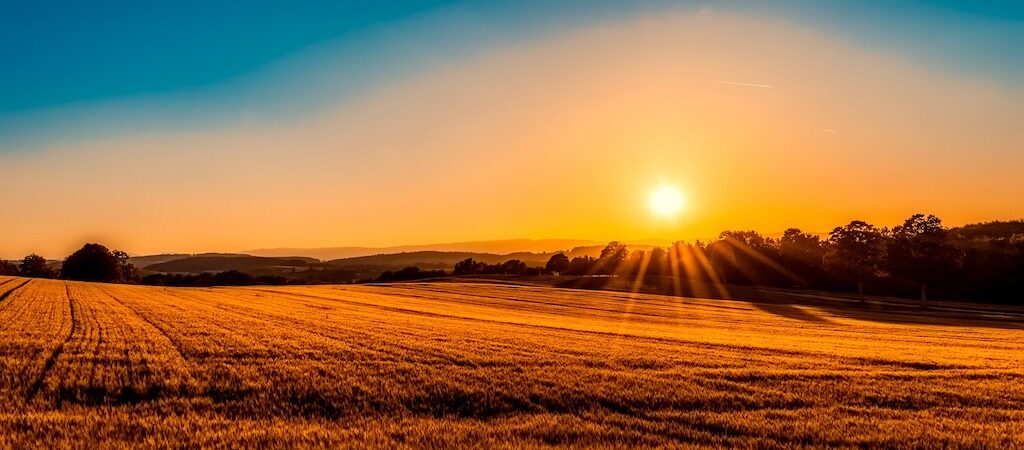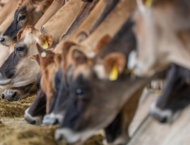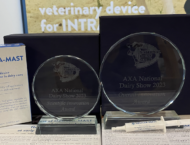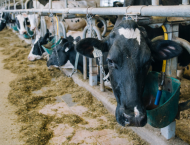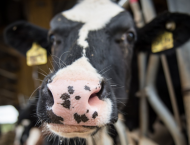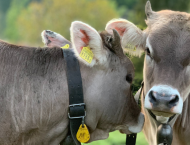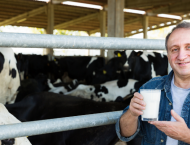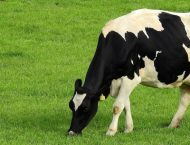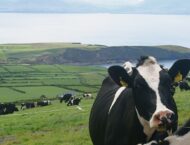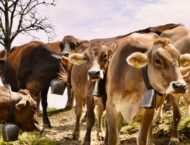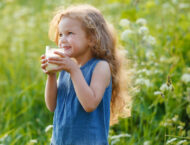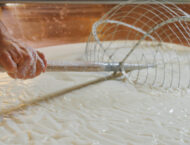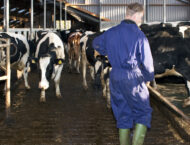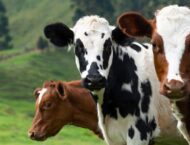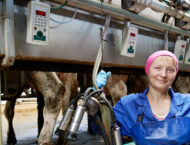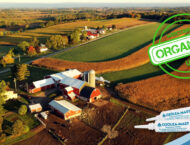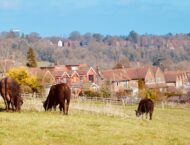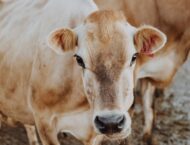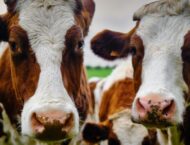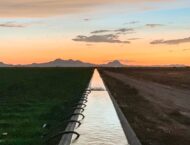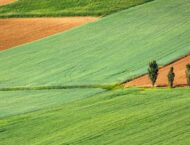Current and continuous pressure on the intensive livestock farming systems is really challenging the dairy sector.
Public opinion is unfortunately in part shaped by outsiders that do not really know difficulties in primary production, along the dairy supply chain and among operators. But they also seem to not see our improvements.
We would really appreciate a different approach to the issue: a one-to-one dialogue with us would rather be useful than pointing the finger at livestock farming. We have a lot to say about the matter.
We are aware that an agricultural transition to sustainability is now, more than ever, needed for the future. The main aim would be the protection of animal and human health and the environment, as well.
We also have to cope with an increasing population and a society that is also changing its life-style.
Any type of farm production system we choose to conduct, we have to be consistent with the specific decision and know that economic, social and environmental sustainability requires profound conviction.
Production systems such as conservation agriculture, high nature value (HNV) farming, agroecology and organic farming are recognized as generally more sustainable than intensive farming.
Among these systems, organic farming is the most regulated and applied. A large-scale transition to organic farming would mean reduction of total consumption of inputs such as pesticides, fertilisers and antibiotics, thus with beneficial effects on the environment.
However, it would also reduce total crop and livestock production, since it relies on lower production densities and output.
With current food consumption patterns, the impact would also be on food prices and the need to farm marginal land or import food, especially for the European Union.
This is not something that can meet the food demand of a growing population.
Sustainability and consumer demands have to face farmer’s income, societal and life-style considerations and overall market forces. From the dairy supply chain point of view, this means that all the operators have to share and endeavor to join forces in achieving goals that are clearly common to any of them.
From a better distribution of added value, any of them will benefit.
In this context and as we said many times, our goal as dairy farmers should be efficiency in farm management. And, with a fast, growing population, we have to produce more and more food.
Innovation has provided dairy farmers with strategies and tools for the implementation of precision farming. This is a production system that aims to optimize agricultural output by using less inputs (labor, antibiotics, agrochemicals, natural resources, etc.) and more rationally.
Despite its potential to contribute to the sustainability of the dairy sector, precision livestock farming is not affordable for all dairy farmers, especially for those who run a small business. It requires major investments on dairy farms since it means including high technology in the farm routine (let’s think of automatic milking systems).
Therefore, two main considerations emerge from this discussion.
First, sustainability in dairy farming production clearly asks for the adoption of a wide range of more efficient practices.
Thus, the solution to the environmental issue has to be well balanced between intensive farming systems and less intensive production models, considering the current context.
Second, there should be more accessibility to innovative tools and knowledge for all dairy farmers.
It is for these reasons that OZOLEA has deliberately chosen to meet both conventional dairy production and organic dairy farming with tools that are innocuous, effective, sustainable, safe and affordable for every dairy farmer.
By combining the use of these products with the implementation of the SSafeMILK protocols, OZOLEA aims to enhance best practices dissemination and scientific research, helping dairy farmers to shape the path towards a more sustainable dairy production and increase their profit.
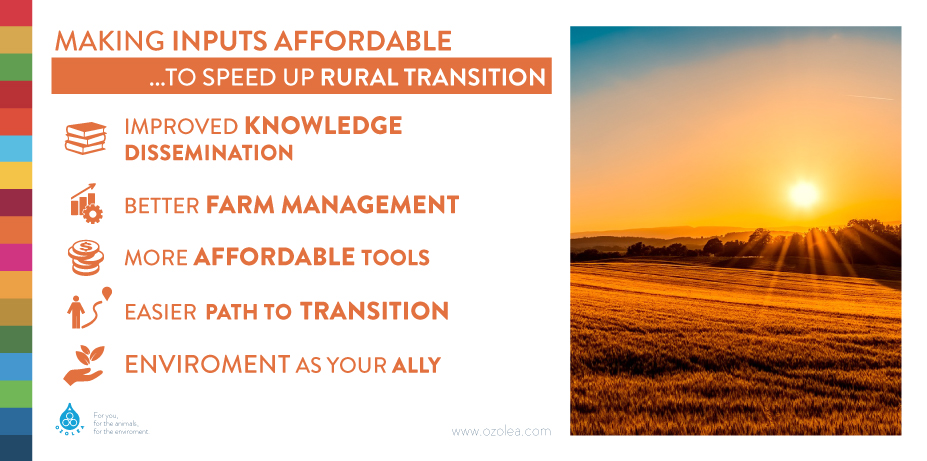
Some issues of this article can be investigated in this report by the European Environment Agency (2021).

